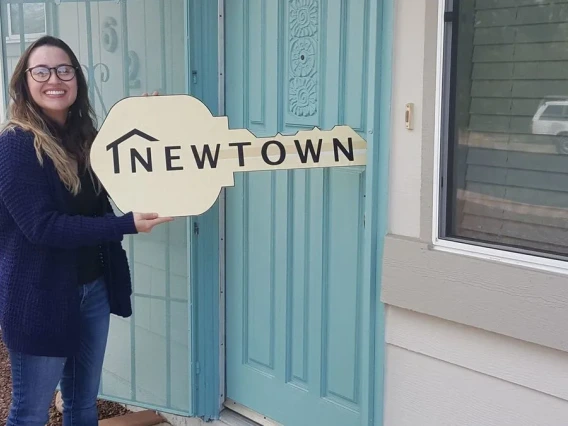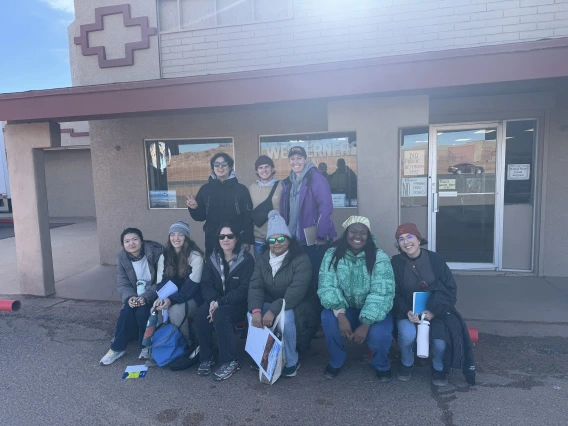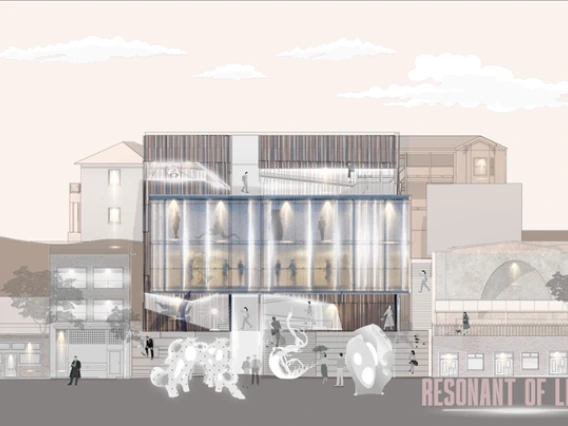Passionate About Learning: Clare Robinson, Associate Professor of Architecture
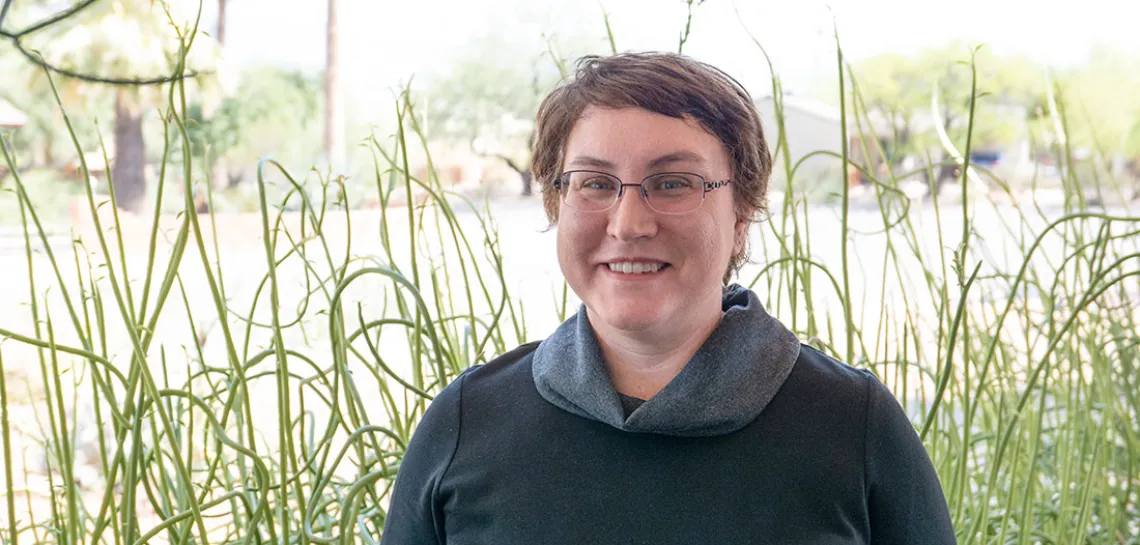
Seven Questions with Clare Robinson, Associate Professor of Architecture
“When I teach, I present and grapple with social and economic issues openly with students to demonstrate a few of the underlying questions in my own work, such as affluence and diversity.”
What brought you to CAPLA?
I joined CAPLA in August 2012 after completing my dissertation in architecture at the University of California, Berkeley. The proximity of architecture, landscape architecture and planning at CAPLA promised interdisciplinary research and teaching.
What is your current research and what most excites you about this work?
My research grapples with how the everyday built environment facilitated the definition of social and aesthetic norms, and how professional designers used modern architecture and planning paradigms to define middle-class activities and spaces during the mid-20th century. The main body of work focuses on social institutions, such as institutions of higher education, as well as the social aspirations evidenced by architecture, images and texts. This work excites me because it illuminates the reciprocal relationships among social environments, class and architecture while contributing to the historical understanding of affluence and diversity in designed works of architecture and everyday built environments.
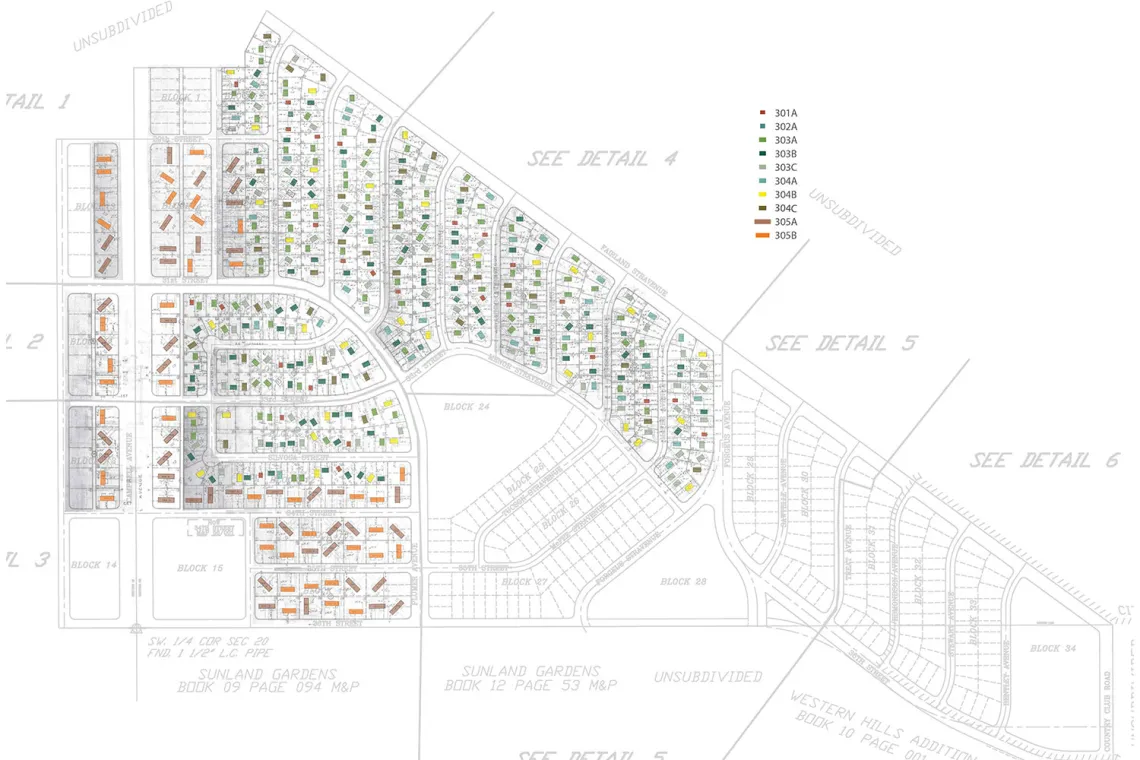
Site plan of Tucson neighborhood Pueblo Gardens, created by developer Del Webb and architect A. Quincy Jones in 1948. Image courtesy Clare Robinson.
What is your current service work, and what do you find most rewarding?
My service to the School of Architecture, CAPLA, University of Arizona and greater academic community is substantive, but the most exciting part of my service is working with the students of Tau Sigma Delta. In 2014, members of this group founded [TRANS-] journal, which looks across, beyond and through themes in architecture. Over the years, the annual journal has garnered international attention.
What are you currently teaching, and what do you most enjoy about teaching?
I teach courses on the history and theory of 20th century architecture and urbanism as well as design studios. There are two things I enjoy most about teaching: one is the intellectual challenge of combining history, theory and design thinking in lectures, discussion and studio, while the other is witnessing how students think critically about the built environment and realize the significance of their own work now and in the future.
How do you bring your research and service into your teaching?
When I teach, I present and grapple with social and economic issues openly with students to demonstrate a few of the underlying questions in my own work, such as affluence and diversity.
Beyond your academic work, what are your passions?
I am passionate about learning, which means I’ll attempt to learn just about anything, and I enjoy giving to my time and energy to my family and community.
What does the CAPLA experience mean for you?
At CAPLA I find rigorous research and teaching.
To learn more, view Clare Robinson's faculty page.

